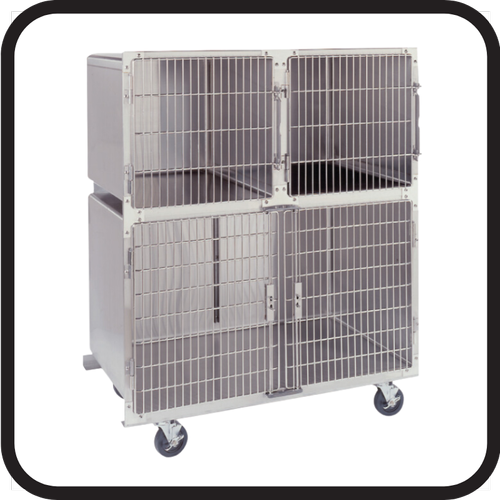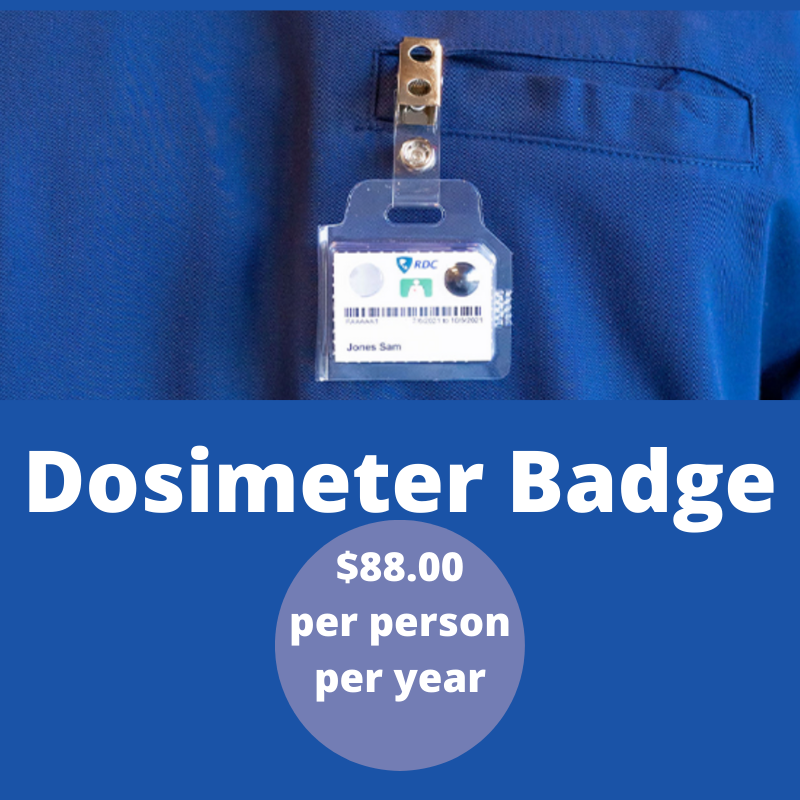Cat Meows In Pain When Picked Up: What Does This Mean?
/Cat owners love to cuddle and hold their cats, and many cats loved to be picked up and carried around. However, sometimes a cat may meow in pain when they’re picked up and maybe a sign of concern.
As with human babies and parents, cat owners become attuned to their cat’s meows and hearing a pained meow can be devastating, especially if you’re showing affection.
If a cat meows in pain when you pick them up, especially if they usually enjoy being held, some things that could be going on are a broken bone, an infection, or cancer. You should always observe your cat’s behavior to know if you should suspect a condition or if they don’t want to be held.
Cats have evolved to mask their pain because predators will be more attracted to them. You may not know your cat is in pain until they let out that painful meow.
Regardless of the reason causing your cat’s pain, you’ll want to have your cat examined immediately to rule out any worst-case scenarios and treat anything that is ailing your cat.
Infections
Everyone gets an infection at some point in their lives, and cats are not exempt from this. Cats are susceptible to several painful infections that will cause them to meow in pain, including:
Respiratory infections
Internal or external abscess
Urinary tract infection
Mastitis
What to do
If your cat yowls in pain when you pick them up and has also been lethargic and has obvious signs of infection (such as an infected wound or pus in their urine or feces), you must take them to the vet to be examined.
Your vet may ask for a urine or stool sample, so if you have to wait a day for the appointment, ask if you can pop in ahead of time to pick up a sample cup for them to run tests.
Even if you can’t get a sample before the appointment, most vets will let you get one after. Here are great videos showing how to collect a cat’s urine and fecal samples from a litter box.
At the appointment, your vet will evaluate your cat’s pain, take your cat’s temperature, listen to their heartbeat and breathing, and they most likely will take blood cultures. Depending on the severity of your cat’s condition, they may ask you to allow your cat to stay overnight.
Treatment
Depending on the infection, your cat will receive different treatments. Most infections will be cleared up with an antibiotic injection. For some infections, you’ll have to give a liquid or pill antibiotic to your cat.
If your cat is expected to be in severe pain during their treatment, your vet may prescribe a mild painkiller to ease their pain. When giving pain medications to a cat, follow the dosing instructions carefully. It is easy for a cat to overdose.
Arthritis
Like humans, many older cats develop arthritis, which is an inflammation of the joints that can cause pain. This comes from years of using your bones, and it’s normal wear and tear. Genetically, some people and cats are more susceptible to developing arthritis. When you pick your cat up, and they yowl in pain from arthritis, you might be pressing on a trigger point.
Cats are more likely to develop arthritis after the age of seven.
Certain breeds are also more likely to develop arthritis than others, such as Maine Coons and Siamese.
What to do
If you suspect your cat has arthritis, you should take them to the vet to be examined. The vet will then give them an x-ray to check their bones and joints.
This is also to rule out other conditions, such as bone cancer. Your vet may also suggest some further testing, such as a blood or urine culture if they suspect there’s anything else going on.
Treatment
Most arthritis in cats is treated with non-steroidal anti-inflammatory drugs (NSAIDs) prescribed by their vet. Even though many of the medications that cats receive for pain are given to humans, the dosages are significantly different. You should never share your medicines with your cat if you’re on the same one.
If your cat is overweight or obese, your vet may suggest switching their food to reduce their weight to reduce the amount of stress on the joints. Some cat foods may also be enriched with minerals to rebuild the worn-away cartilage that causes their arthritis.
At home, you should make several changes as well, such as:
Removing or giving easier access to common jump points. Miniature staircases and ramps are excellent to help arthritic cats climb to the couch or bed.
Getting a litter box with a lower sidewall for easier access.
Try to keep your cat on one story of the house to prevent them from having to walk up and down the stairs.
Regularly groom your cat because their arthritis may be preventing them from cleaning themselves.
Injury
Even though cats supposedly land on their feet every time, they may land the wrong way and injure themselves. If you have more than one cat in the house or if your cat spends time outdoors, they may also roughhouse or get into fights that can cause injuries.
What to do
If your cat is meowing in pain, the injury is severe enough to have to take them to the vet. Your vet will examine them for any external wounds. They will also use an x-ray to check for any broken bones or fractures.
Treatment
If your cat is diagnosed with a bone or muscle injury, it is crucial to modify your home similarly to how an arthritic cat’s home should be changed. It will be difficult, but try not to let them use the injured area to prevent further injury.
Some cats may be put in a cast, and your vet will also prescribe a pain medication to help them cope.
Cancer
As with all of the other conditions mentioned, like humans, cats can get a variety of cancers that can cause them pain when you pick them up. Cats may not show symptoms at first, so even if your cat isn’t experiencing any symptoms, your cat should be taken to the vet regularly for routine exams for early detection.
What to do
If you suspect your cat has cancer, you should bring them to the vet immediately. They will run a series of tests, depending on your cat’s symptoms. Some of these tests include:
Blood work
Biopsy
MRI or CT scan
There are also feline cancer specialist veterinarians. Ask your vet if they can make a referral if your cat has cancer.
Treatment
Cancer treatment in cats is relatively similar to a human’s cancer treatment. If there are removable tumors, your vet will ask to schedule surgery to remove your cat’s tumors. If your cat has surgery, remember not to pick them up unless necessary. You should also treat their wounds and prevent them from irritating them further.
Further, cats can receive chemotherapy, radiation, pain management, and compassionate care depending on the type of cancer.
Other Problems
While the listed problems are the most common causes for a cat to meow in pain when they’re picked up, there are some other conditions your cat may have that your vet will want to rule out, such as:
Gastric problems including acid reflux, constipation, impacted feces, impacted hairball, food intolerances
Poisoning, whether accidental or on purpose
Internal or external parasites including botflies, worms, giardia, and ticks
What Not to Do
If your cat is in pain, your first instinct may be to give them medicine to alleviate their pain, just as you would do for yourself or a child. You should never give a cat pain medication unless prescribed by a doctor. Cats metabolize medicine differently than humans, and this could put your cat in more pain or kill them.
You should also never give your cat old medication from a previous visit. If you suspect your cat might have a recurring infection or pain and you have leftover medicines for your cat from their last vet visit, do not give them the old medication.
It could be expired or be the wrong type of medication for the current condition.
If your cat is in pain, don’t poke at, pick up, or examine them yourself. At this point, the only time you should touch them is if they want attention or to put them in the carrier to bring them to the vet. Depending on the condition, continuously touching them could worsen the condition and put them in more pain.
What Does a Painful Meow Sound Like?
Cats have all different types of meows for varying reasons. They meow when they’re hungry, they want attention, to go outside, and even when they’re in pain.
Sometimes cats even meow as if they were talking to you! Cats can even meow when you pick them up, and it’s not every time that it’s a painful meow.
A painful meow sounds like a mix between a yowl and a whine. It’s also known as caterwauling. A cat may caterwaul for many reasons, pain being one of them.
If you think your cat is in pain, you should take them to be examined by a veterinarian immediately. You should also note other behaviors and symptoms they may be expressing to help your vet better diagnose your cat.
Symptoms
Behaviors
Lethargy
Limping
Vomiting
Diarrhea
Retching without producing liquid or a hairball
Swatting or hitting
Hissing
Hiding when it’s not normal
Loss of appetite or not drinking
Urinating outside of the litter box
Decreased mobility
Under or overgrooming
Increased amount of time sleeping
Conclusion
If your cat suddenly starts meowing in pain when you pick them up, you should immediately take them to a veterinarian. Be sure to know your cat’s symptoms and behaviors to help your vet with a diagnosis.



























